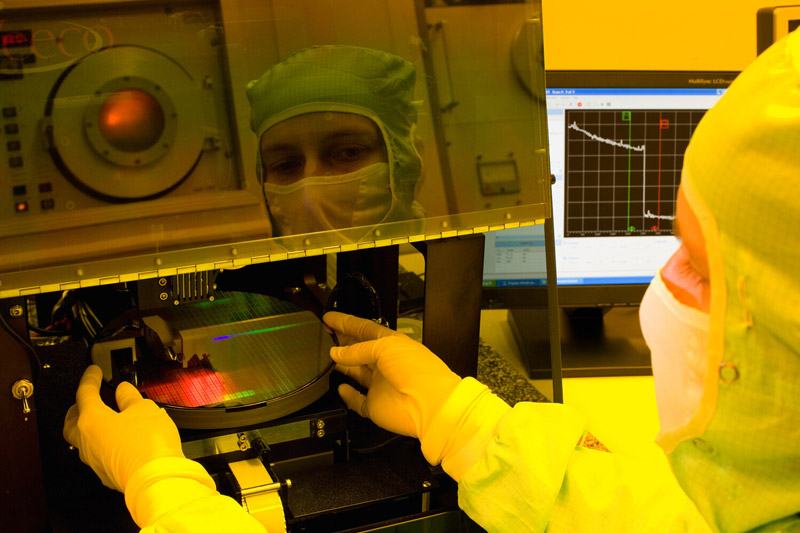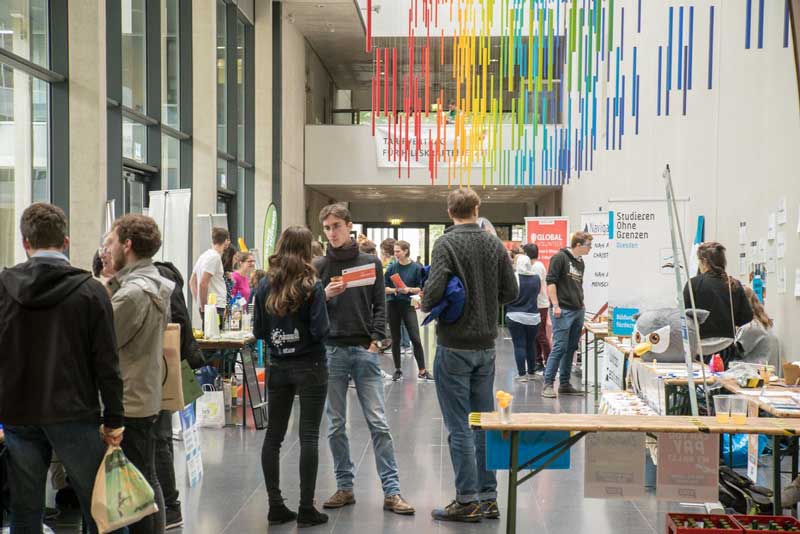
Dresden is a fast-growing city. For many years now, Dresden has been a frontrunner in a very special category: with more than 6,000 newborns every year, this city has consistently topped the list of cities with the highest birth rates for the past 10 years. Dresden was even the birth capital of Germany for several years in a row. The population will grow until 2030, at an estimated 5 percent. Dresden anticipates to have 582,600 inhabitants by then. The largest increases are expected for young people aged 15 to 24 (about 28 percent), followed by senior citizens aged 60 and older (about 9 percent). One reason is that young families are broadly promoted and supported and that compared to other cities, Dresden is well equipped with schools and kindergartens with more than 400 day care facilities.
In addition to children’s day care facilities, another focus of Dresden is on schools. The city invests not only into renovation and expansion projects, but also into new buildings. Education is of intergenerational significance in the growing city. The Dresden International School teaches students in English and was founded in 1996 by government and community leaders from Dresden and the State of Saxony.


Another reason for the growing city is also the expanding job market in Dresden. For almost 30 years now, Dresden has been investing into high tech and the related research. Today, Saxony’s state capital is a microelectronics venue that is known around the globe and has a leading role in Europe. Dresden also has the highest density of researchers in all of Germany. Nowhere else do so many scientists work at one location – based on the total number of employees. And when it comes to the total number of research facilities, Dresden also heads the field – in 5th place behind Berlin, Munich, Hamburg, and Cologne.
(Source: Brochure on facts about Dresden Saxony’s State Capital in Figures2018/2019)
Dresden has many universities, including the TU Dresden, which in 2012 received the title of 'elite university', and the private Dresden International University. They attract students from all over the world.
With its direct link to the federal expressway, its airport, train stations, and Elbe River port, Dresden is excellently integrated into the European transport network. The city’s public transportation system provides quick and easy access to all urban destinations.
Dresden maintains 13 city partnerships in Europe, Africa, America, and Asia. The alliance is lively and vibrant due to student and youth exchanges, cooperation among clubs and associations as well as cooperation in business, science, culture, politics, and administration.
(Source: Brochure on facts about Dresden Saxony’s State Capital in Figures2018/2019)
